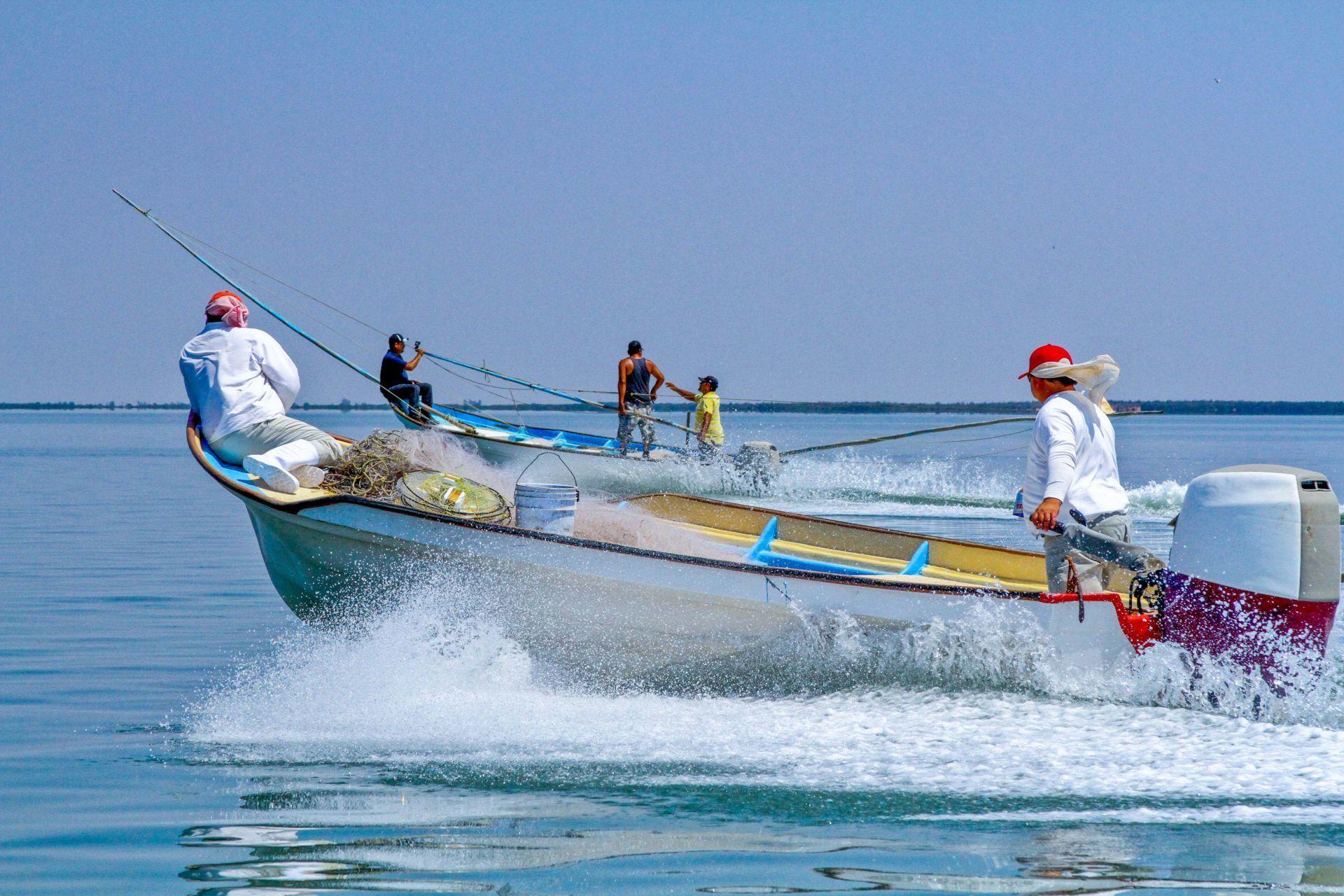Illegal fishing is one of the main challenges faced by the fishing sector in Mexico, and has been a growing problem in recent years. And yet it lacks sufficient resources to combat it. In 2021, the national budget allocated for inspection and surveillance was $95.7 million pesos, equivalent to 4.5% of the total budget of Conapesca. Given these resources, what have been the results in the fight against illegal fishing?
The Inspection and Surveillance Effectiveness Index measures the relationship between the resources allocated for this task (vehicles, boats and inspectors) and the results reported by entity, while making a comparative analysis between states regarding their performance in this area.
In the 2021 update of the index, and considering the data obtained from CONAPESCA via requests for information, Nayarit was the highest-rated coastal state and among the interior states it was Mexico City. This is due to the fact that, given the level of resources, they had better results relative to the rest of the entities.
Already at the level of the disaggregated data, it can be seen that during 2021 the number of complaints of illegal fishing increased by 30%. Sinaloa and Yucatán were the entities with the highest number of complaints. Of these, according to the fishing authority, 99% were serviced. In total, 372 complaints were made and most were for illegal capture (287 complaints).
Overall, resources in 2021 increased slightly compared to 2020. However, the increase did not translate into a greater number of inspection and surveillance actions. For example, the number of boats increased from 27 to 60, however, the number of water trips was 11% lower than in 2020. This reduction may be due to the lack of other monetary resources such as fuel for boats.
With regard to actions, a change in strategy is notable, carrying out more inspections than acts of surveillance. The difference between these is that in the acts of inspection, a record is drawn up, in which the facts that occur during the proceedings are recorded in a detailed form, while the acts of surveillance verify compliance with the provisions on fishing.
If irregularities are detected during the inspection and surveillance actions mentioned above, precautionary measures may be imposed, such as the insurance of vehicles, boats, fishing gear and product obtained. Of these precautionary insurances, in 2021, there was a slight increase compared to the previous year. As a precautionary measure, 2,257 tons of fish product, 7 people, 248 boats, 432 land vehicles and 11,000 fishing gears were seized.
In 2021, of the 372 complaints filed and the 44,483 acts of inspection and surveillance carried out, there were only 6 cases of sanctions and 0 seizures at the national level. Regarding the sanction files, Conapesca did not report information about the causes, the sanctions applied and the entities where these offenses were committed.
Regarding the participation of Semar in these tasks, it is important to mention that it has also reported detentions for alleged illegal fishing. In 2021, Semar retained 50 tons while Conapesca retained 2,257 tons, 44 times less in the same period.
For more information on the Inspection and Surveillance Index, we invite you to visit Fishing Data: Combating Illegal Fishing.



Comentarios (0)